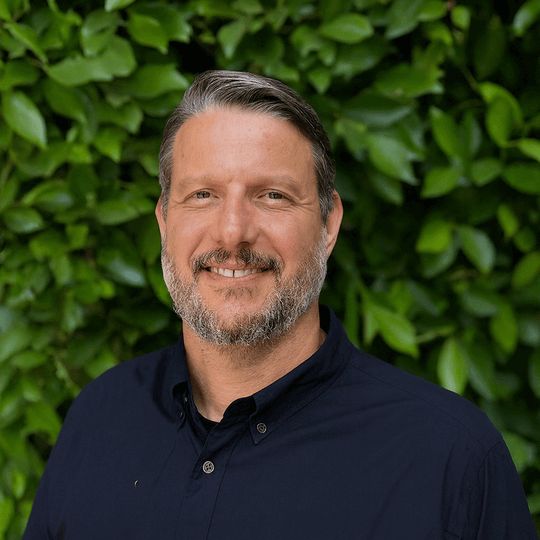If you don’t identify exclusively as male or female, you may describe yourself as nonbinary or genderfluid. While these terms are related, there are some key differences. Nonbinary people make up approximately 11% of the adult LGBTQ population.
Most nonbinary individuals do not identify as strictly male or female. Instead, they may feel that their gender identity is fluid, in between male and female, or outside the gender binary altogether. Given growing survey data showing that 2-10% of youth identify as a gender minority, including nonbinary and genderfluid, these groups are likely increasing.
Whether cis or trans, nonbinary and genderfluid people deserve respect and equal rights. Understanding differences in how people experience and express their gender identity leads to greater inclusiveness.
Gender Expression vs Gender Identity
Your gender identity is how you see yourself in your internal self. It’s personal and unique to you. Your gender expression, on the other hand, is how you show your gender identity to the outside world through behavior, clothing, haircut, and other external attributes.
Your gender expression is linked to but separate from your gender identity. One does not define the other. How you express yourself through behavior, style, and appearance should be what feels right. Feeling free to explore and define your gender expression is important for well-being and self-acceptance.

What Does Gender-Fluid Mean?
Gender-fluid means your gender identity can change over time. Some days, you may feel more masculine, other days more feminine, or like a combination of both. Gender fluidity is a nonbinary gender identity, meaning you don’t identify strictly as male or female.
As a gender-fluid person, your pronouns and gender expression may change depending on your feelings. You might use he/him, she/her, or they/them pronouns, and dress and act in ways that reflect your inner sense of gender at that time. Your identity is flexible and not fixed in place.
Being gender-fluid is a personal experience that looks different for each individual. For some, their gender remains steadily fluid and changing; for others, it may stabilize for periods. There’s no “right” or “wrong” way to be gender-fluid. Most importantly, you listen to yourself and honor what feels authentic for you.

What Does Nonbinary Mean?
What does nonbinary mean? Nonbinary refers to gender identities that are not exclusively male or female. This includes identities like genderfluid, agender, and bigender. Nonbinary people may use pronouns like they/them.
Some nonbinary people feel that their gender identity shifts or changes over time, known as genderfluid. Others feel they have no internal sense of gender at all, known as agender. Still others identify as bigender, meaning they feel both male and female. There are many nonbinary identities.
Nonbinary identities are as real and valid as male and female. As society becomes more understanding, we’re recognizing that gender exists on a spectrum. It’s not simply either/or. Understanding nonbinary identities is an important step towards building a more inclusive world for people of all gender expressions.
Types of Nonbinary Identities
The gender spectrum encompasses many identities outside the male-female binary. Here are a few of the major nonbinary identities:
- Agender: Agender individuals do not identify with any particular gender. They feel genderless or neutral. Some Agender people reject all labels related to gender, while others use ‘Agender’ as their identity.
- Bigender: Bigender people identify as two genders, which could include male and female as well as others. Their gender expression may vary, and they can feel as if they have two distinct personas. The genders they identify with may change over time or remain static.
- Genderfluid: Genderfluid individuals do not exclusively identify as a single fixed gender. Their gender identity shifts and changes over time. A Genderfluid person may feel more male some days, more female other days, or even feel like a mix of both at times. Their pronouns and presentation can vary to match their current gender.
- Demigender: Demigender people identify partially with one gender but not completely. They feel an attachment to another gender as well. For example, someone may identify as demigirl, meaning they feel partially like a girl or woman but not completely. Demigender people may use pronouns like they/them in addition to she/her or he/him.
- Pangender: Pangender individuals have multiple gender identities at once. They may identify as all genders simultaneously. Someone who is pangender may use a variety of pronouns interchangeably, like he/him, she/her, and they/them. The prefixes “pan-” and “poly-” both mean “many” or “much”, so pangender and polygender are synonymous.
- Genderqueer: Genderqueer is an umbrella term for people with nonbinary gender identities. This includes people who identify as both male and female, neither male nor female, or as a gender outside the male-female binary. Some genderqueer people use gender-neutral pronouns like they/them, while others may use a variety of pronouns.
Do You Still Have Questions About Gender-Fluid vs. Nonbinary
Do you still have questions about the differences between gender-fluid and nonbinary identities? Or are you looking for support in your journey of self-discovery? Launch Centers is here to help.
Our caring professionals have experience helping young adults work through questions about gender identity and expression. We provide a safe, judgment-free space to explore what feels right for you.
Call us at (877) 895-3231. We have someone available 24/7 to listen and provide support. Email us at admissions@launchcenters.com. We aim to respond within 24 hours during the week. You don’t have to go through this alone.





